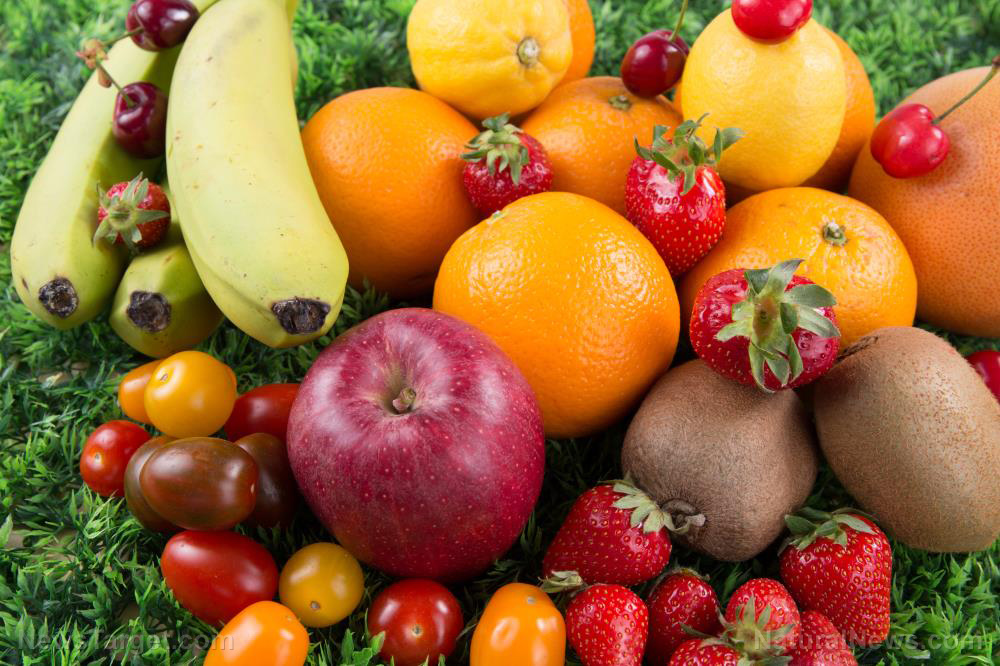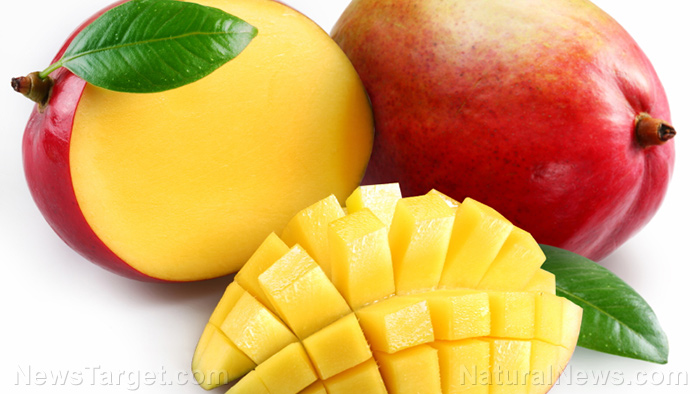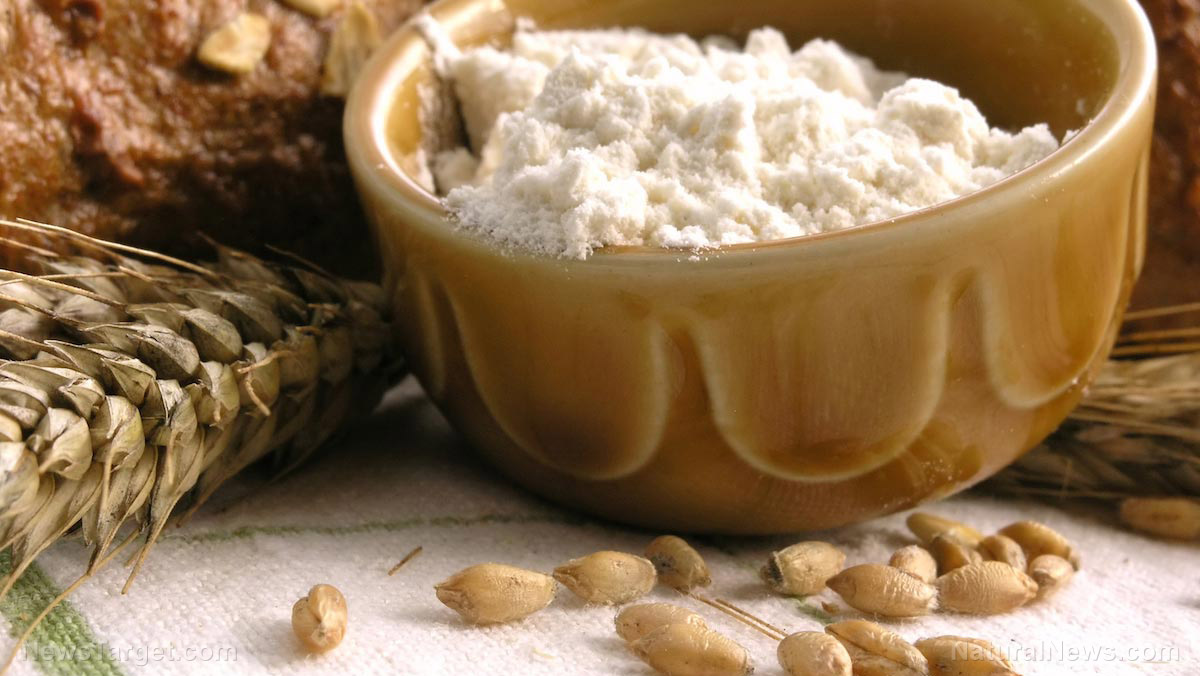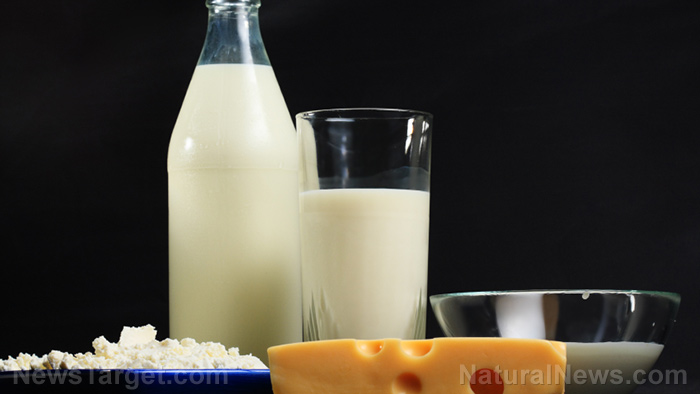Kombucha holds an impressive nutritional profile
06/05/2018 / By Edsel Cook

Fascinated by the many beneficial effects of kombucha, Spanish scientists conducted a thorough review of its nutritional profile. They determined that the various bio-active compounds in the fermented tea worked together to achieve their effects.
The review was conducted by researchers from the University of Monterrey, who published their findings in the journal CyTA – Journal of Food.
- A symbiotic culture of bacteria and yeasts (SCOBY) is added to sweetened black tea or green tea. The microorganisms fermented the sugar into usable food and various metabolites such as glucuronic acid (GlcUA).
- The active components of the drink can vary depending on the SCOBY and the type of tea used. Kombucha based on green tea showed greater cytotoxic effects on human cancer cells than the black tea-based concoction.
- Consumption of kombucha is linked to a number of beneficial effects. It lowers cholesterol levels and blood pressure, reduces the spread of cancerous growth, and supports the healthy functions of the liver, immune system, and gastrointestinal system.
- The drink is rich in various polyphenols that protect against heart-related diseases. Polyphenols block the formation of plaque in arteries, regulate the breakdown of cholesterol and relax smooth muscles, which in turn improves blood pressure.
- The organic acid GlcUA is one of the most important metabolites formed by the fermentation process. It purifies the liver of toxic foreign chemicals and eliminates parasites and harmful symbionts hiding inside the organ.
Although kombucha is safe overall, the researchers noted several contraindications. They therefore recommended performing controlled human studies to determine the fermented tea’s full range of effects on human health.
The full text of the study can be found here.
Journal Reference:
Leal JM, Suárez LV, Jayabalan R, Oros JH, Escalante-Aburto A. A REVIEW ON HEALTH BENEFITS OF KOMBUCHA NUTRITIONAL COMPOUNDS AND METABOLITES. CyTA – Journal of Food, vol. 16, no. 1, 12 Feb. 2018;16(1):390–399. DOI: 10.1080/19476337.2017.1410499.
Tagged Under: blood pressure, cholesterol, detox, detoxification, fermented tea, heart disease prevention, heart diseases, high blood pressure, Kombucha, kombucha health drink, kombucha tea, liver detox, polyphenols, tea




















